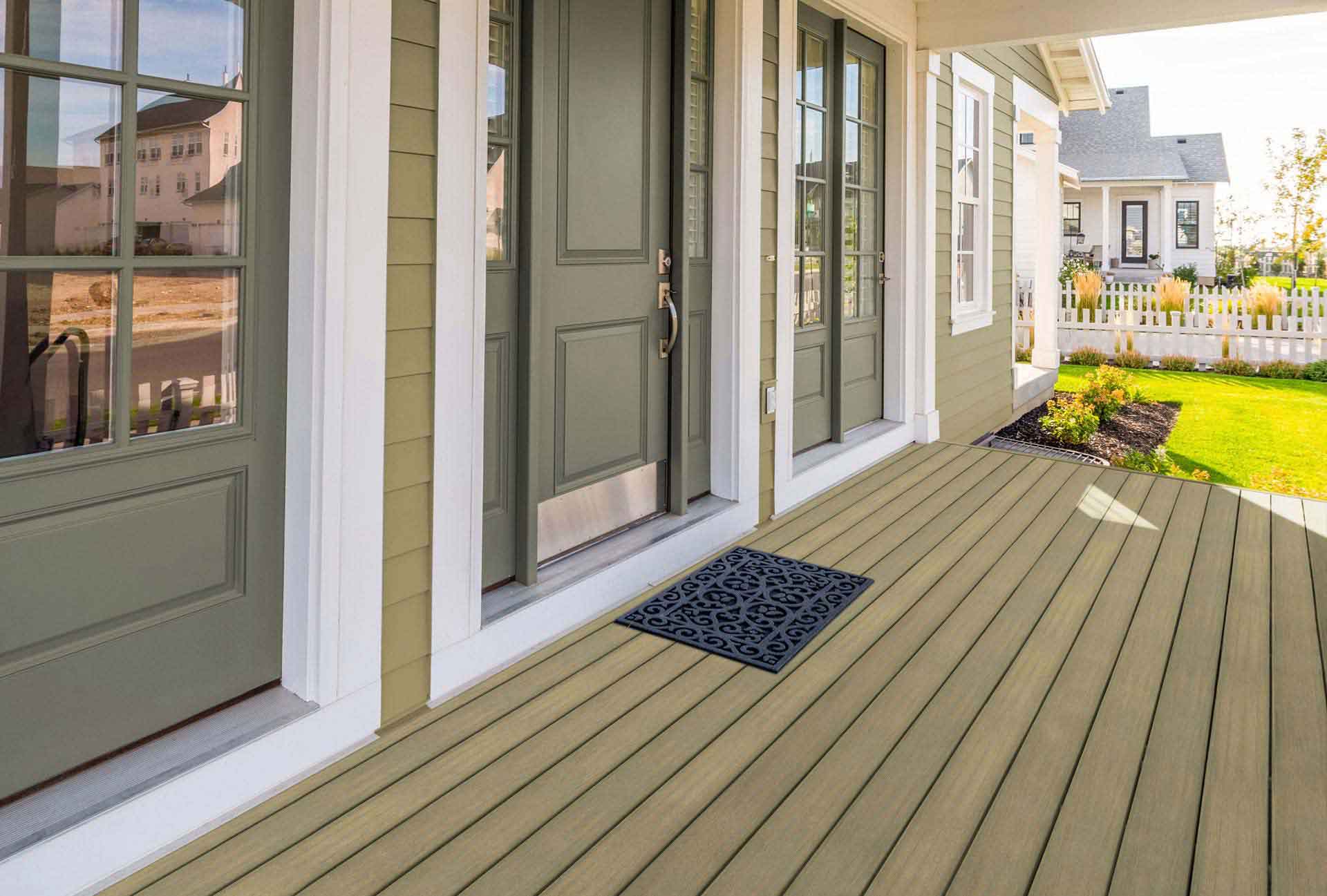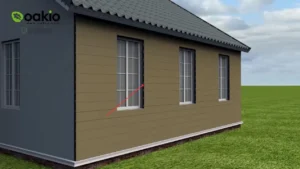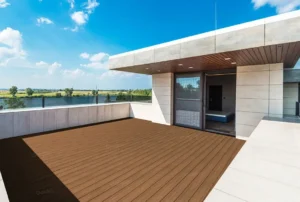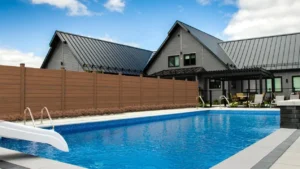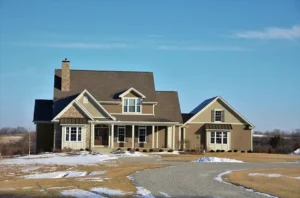What Is the Difference between MDF and WPC?[Comprehensive Comparison]
When it comes to choosing the right material for various applications, understanding the differences between Medium Density Fiberboard (MDF) and Wood Plastic Composite (WPC) is crucial. In this comprehensive comparison, we will delve into the definition, composition, manufacturing process, physical properties, strength and durability, applications, environmental impact, maintenance, and cost considerations of MDF and WPC. By the end of this article, you’ll be equipped with the knowledge to make an informed decision for your specific project needs.
MDF vs WPC: Definition and Composition
MDF, or Medium Density Fiberboard, is a composite material made from wood fibers and resin. It is manufactured by breaking down wood fibers into small particles, blending them with resin, and compressing the mixture under high pressure. On the other hand, WPC, or Wood Plastic Composite, is a composite material consisting of wood fibers or flour combined with thermoplastics. This blend of materials gives WPC the ability to mimic the look of wood while benefiting from the durability of plastic.
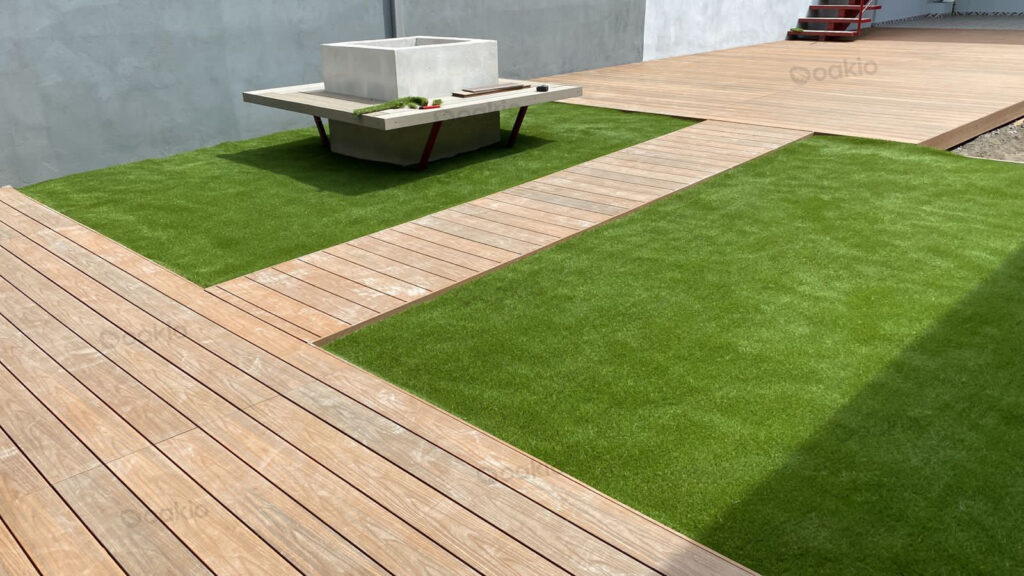
MDF vs WPC: Manufacturing Process
The manufacturing process of MDF involves the precise blending of wood fibers and resin, followed by compression under high pressure to form dense boards. WPC, on the other hand, typically involves mixing wood fibers or flour with thermoplastics, additives, and processing aids. The resulting mixture is then either extruded or compressed into the desired shape
MDF vs WPC: Physical Properties
MDF is known for its high density, which provides stability and a smooth surface. It offers uniformity in terms of thickness and density across the entire board. WPC, on the other hand, combines the natural look of wood with the added benefits of plastic. It is resistant to moisture, making it suitable for outdoor applications, and offers durability and dimensional stability.
MDF vs WPC: Strength and Durability
MDF’s high density contributes to its strength, allowing it to hold screws and nails securely. However, it is susceptible to moisture and may swell or warp if not properly protected. WPC, on the other hand, is highly durable due to its resistance to moisture, rot, and insects. It can withstand outdoor conditions without deteriorating, making it an excellent choice for decking, outdoor furniture, and cladding.
MDF vs WPC: Applications
MDF finds extensive use in furniture manufacturing, cabinets, interior moldings, and decorative applications. Its smooth surface and uniformity make it suitable for painting and finishing. WPC, with its ability to mimic the appearance of wood, is commonly used for outdoor applications such as decking, where it provides a natural look with enhanced durability and low maintenance requirements.
MDF vs WPC: Environmental Impact
MDF relies on wood fibers, which raises concerns about deforestation and the depletion of natural resources. However, efforts are being made to promote sustainable forestry practices and the use of recycled wood fibers in MDF production. WPC, on the other hand, utilizes recycled materials and reduces waste by incorporating plastic and wood waste into its composition.
MDF vs WPC: Maintenance and Care
MDF requires protection from moisture to prevent swelling and warping. Regular sealing or painting is necessary to maintain its integrity. WPC, on the other hand, has low maintenance requirements. Occasional cleaning and sealing, especially for outdoor applications, help to preserve its appearance and durability over time.
MDF vs WPC: Cost Considerations
MDF is generally more affordable compared to WPC. The cost of MDF is influenced by factors such as thickness, grade, and finish. WPC, while relatively more expensive, offers long-term value due to its durability and resistance to outdoor conditions. The higher upfront cost is justified by its extended lifespan and reduced maintenance needs.
And If you are looking for a WPC material manufacturer with good quality and cheap price, Oakio is your first choice- founded in 2009, Oakio has invented, defined and perfected the WPC Products
category, becoming one of the largest WPC product manufacturers.
Conclusion
In the comparison between MDF and WPC, we have explored their differences in composition, manufacturing process, physical properties, strength, applications, environmental impact, maintenance, and cost considerations. By considering these factors, you can make an informed decision based on your specific project requirements. Whether you prioritize affordability and versatility (MDF) or durability and outdoor suitability (WPC), understanding the distinctions between these materials empowers you to choose wisely. Remember to assess your needs, weigh the pros and cons, and select the material that aligns best with your project goals.
Trending Reading
What Are the Differences Between the WPC Board and PVC Board?
[2024 Update] How Long Does WPC Decking Last?
